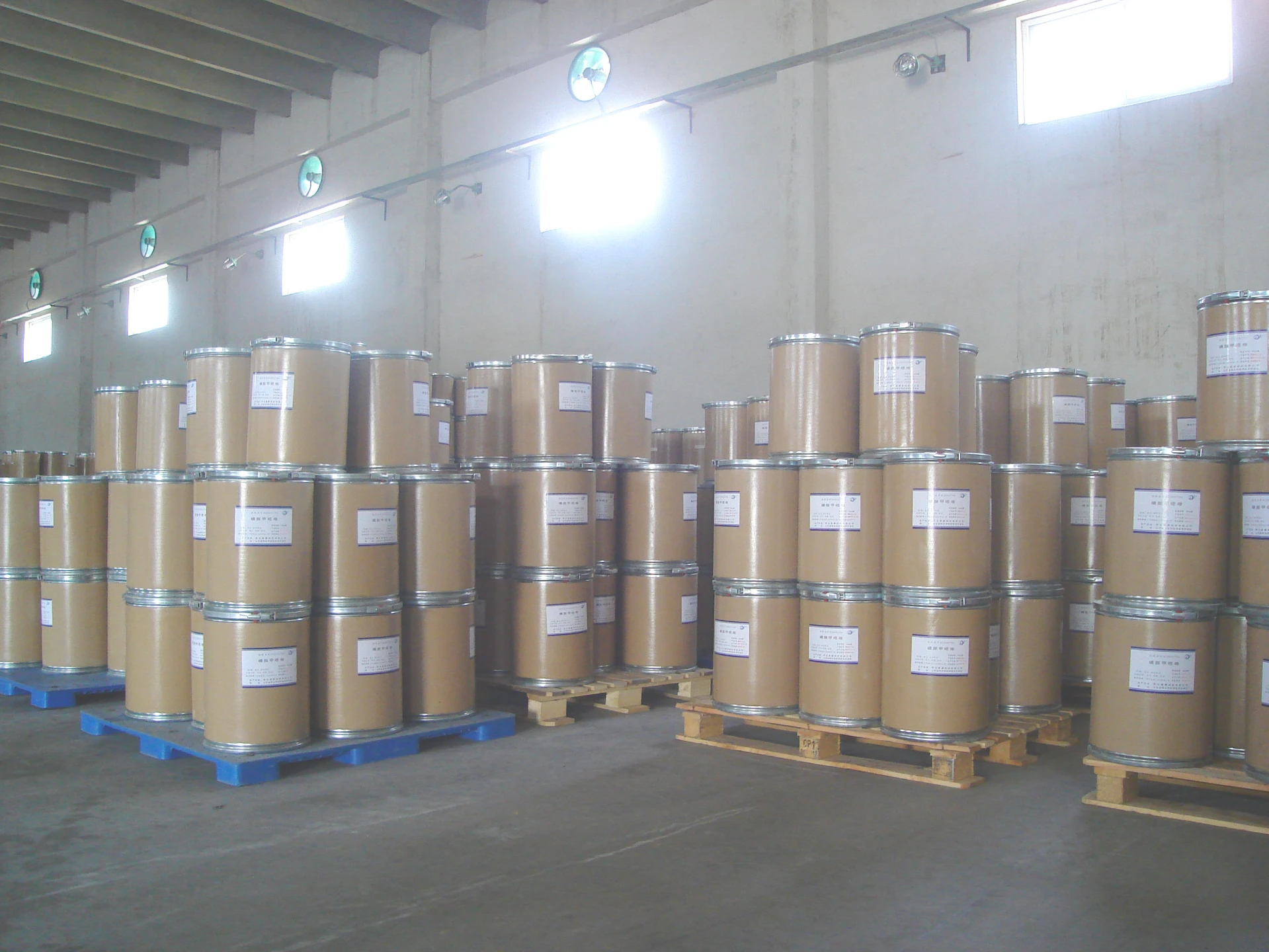Two Chemicals Used to Treat Water in Water Treatment Plants
Water treatment is an essential process aimed at making water safe for human consumption, agriculture, and industrial use. The importance of clean and safe water cannot be overstated, as it is crucial for public health, environmental sustainability, and economic development. Among the various methods employed in water treatment, the use of chemicals plays a significant role. This article will focus on two prominent chemicals commonly used in water treatment plants chlorine and polyaluminum chloride (PAC).
Chlorine The Primary Disinfectant
Chlorine has been a cornerstone in water treatment for over a century. It is widely used for its disinfectant properties, which effectively kill bacteria, viruses, and other pathogens that can cause waterborne diseases. When chlorine is added to water, it reacts with organic matter and microorganisms, disrupting their cellular processes and leading to their destruction.
One of the primary advantages of chlorine is its residual effect. Once chlorine is added to water, it does not entirely dissipate; instead, some of it remains in the water to continue providing protection as it travels through pipes to consumers. This residual chlorine helps prevent microbial regrowth, making it an invaluable tool in maintaining water safety from the treatment plant to the tap.
However, the use of chlorine is not without its challenges. It can react with organic compounds in water to form disinfection byproducts (DBPs), some of which are harmful to human health. Common DBPs include trihalomethanes (THMs) and haloacetic acids (HAAs). Consequently, water treatment plants must carefully monitor chlorine levels and optimize their treatment processes to minimize the formation of these byproducts, ensuring that the benefits of chlorination outweigh any potential risks.
Polyaluminum Chloride (PAC) A Modern Coagulant
two chemicals used to treat water in water treatment plants

Polyaluminum chloride (PAC) has emerged as a popular coagulant in water treatment processes, especially in the clarification phase. Coagulation is the process where small particles in water clump together to form larger aggregates, or flocs, which can then be easily removed from the water through sedimentation or filtration. PAC is favored for its efficiency in reducing turbidity and enhancing the overall quality of treated water.
One of the key benefits of PAC is its ability to work effectively across a wide range of pH levels, unlike traditional coagulants such as aluminum sulfate. This versatility allows water treatment plants to maintain optimal coagulation even in varying water chemistry conditions. Additionally, PAC has a lower tendency to produce residual aluminum in treated water, which can be a concern with aluminum sulfate, making it a safer option for human health and the environment.
PAC also improves the removal of organic matter and certain metals from water. Its flocculation properties enable the efficient capture of these contaminants, resulting in clearer and safer drinking water. Moreover, the use of PAC can lead to reduced sludge production compared to other coagulants, thereby lowering operational costs related to sludge management and disposal.
Conclusion
In summary, the treatment of water in treatment plants relies heavily on the use of chemicals such as chlorine and polyaluminum chloride. Chlorine serves as a powerful disinfectant, effectively killing harmful pathogens and providing a residual protection that keeps drinking water safe as it moves through the distribution system. On the other hand, polyaluminum chloride enhances the coagulation process, leading to improved water clarity and quality by effectively removing organic matter and contaminants.
While the use of these chemicals has revolutionized water treatment processes and improved public health outcomes, it is essential for treatment plants to continuously assess and optimize their chemical usage. This ensures that the benefits of these chemicals are maximized while minimizing any potential negative impacts on human health and the environment. As water quality standards evolve and the demand for clean water increases globally, ongoing research and innovation in water treatment chemistry will undoubtedly play a pivotal role in ensuring safe and reliable water for future generations.

